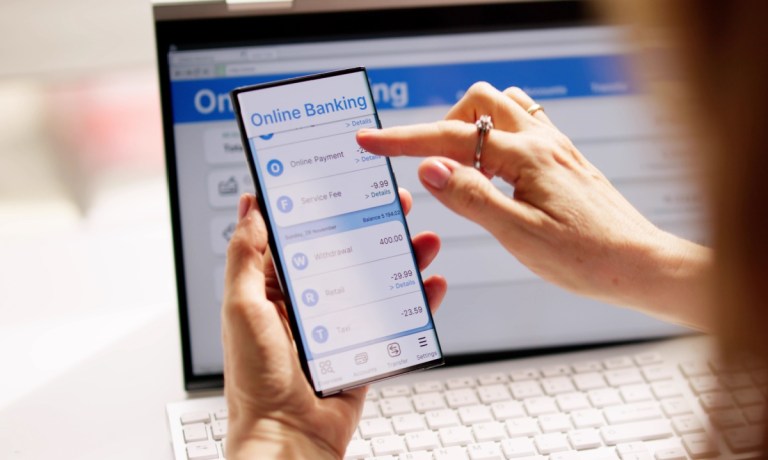
The percentage of households in the United States that are unbanked declined to a record low in 2023.
At 4.2% of U.S. households, or 5.6 million, the percentage of households without a bank or credit union account was the lowest since the Federal Deposit Insurance Corp. (FDIC) launched its biennial National Survey of Unbanked and Underbanked Households in 2009, the regulator said in a Tuesday (Nov. 12) press release.
The highest unbanked rate was recorded in 2011, when it stood at 8.2%, according to the release.
While the rate has improved, it remains higher among some categories of households, per the release.
“This survey reveals that significant disparities in access to the banking system for minority, lower income, disabled and single-parent households still exist and need to be addressed,” FDIC Chairman Martin J. Gruenberg said in the release.
The FDIC also found that 14.2% of U.S. households, or 19.0 million, were underbanked in 2023, meaning they had a bank or credit union account but primarily used nonbank products and services.
In terms of methods used for banking and making payments, the FDIC found that 48.3% of banked households used mobile banking as their primary way to access their accounts; 76.4% of all households had a credit card; 3.9% of all households used buy now, pay later (BNPL) in the past 12 months; and 4.8% of households owned or used crypto or digital assets in the previous 12 months.
Among those who owned or used crypto or digital assets, 92.6% held them as an investment, while 4.4% used them as a form of payment, per the release.
PYMNTS Intelligence has found that the share of consumers who are bypassing traditional financial institutions in favor of non-bank financial service providers is on the rise, with high-income earners and millennials leading the way.
Overall, nearly 36% of U.S. consumers used non-bank financial institutions in January, up from 33% a year earlier, PYMNTS reported in May.
Higher percentages of some categories of consumers used non-bank financial institutions, including 44% of millennials, 43% of bridge millennials and 37% of the consumers earning more than $100,000 annually.